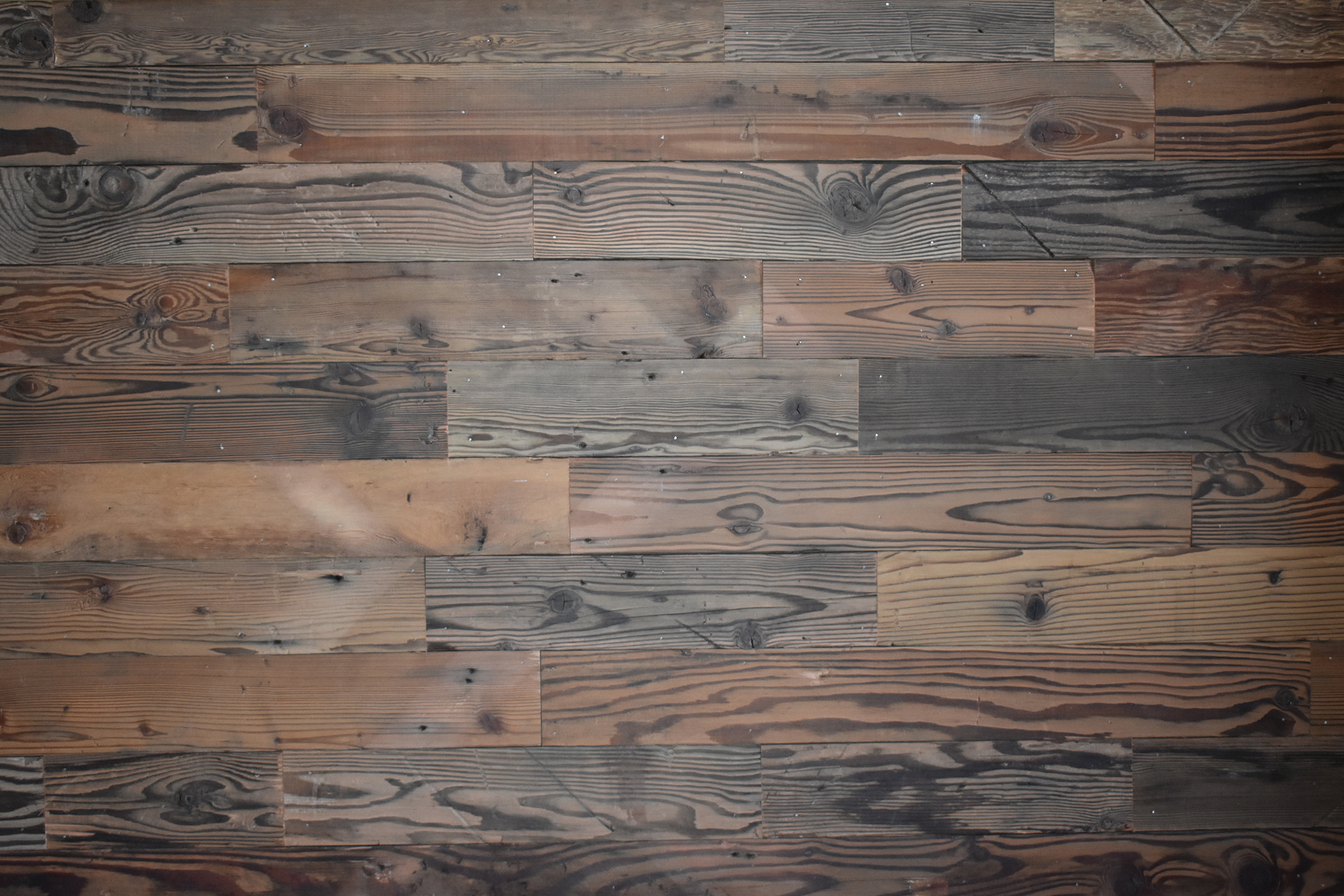July-August 2021 Newsletter

Del Monte Warehouse 48
A little over 90 years ago Calpak, later known as Del Monte, built Warehouse 48 on Buena Vista Avenue in Alameda. The warehouse and nearby Encinal Terminal served as a worldwide shipping hub for the company’s canned Salmon product line. At first, this vast shipping operation was achieved by sail through Calpak’s Star Fleet, large iron-hulled tall ships 250 feet or more in length. The locations of Warehouse 48 and Encinal Terminal made them ideal for shipping, which proved to be invaluable during World War II. During this time, both served as the General Navy Depot assisting in shipping tanks, trucks, ammo, and relief supplies.

Good Things Come to Those Who Wait
Nearly a year ago we put our big LX250 band mill through its paces and cut some of our widest slabs yet. With care, we stacked these slabs and allowed them to dry and cure over the last year. Ranging from 36″ to 52″ wide, these Ponderosa and Sugar Pine behemoths are now ready to become the focal point of your dining or conference room. Check them out!

Paneling
on a Pallet
Discounted price due to short lengths!
During trim out, we generate offcuts of great looking reclaimed wood in 1 to 3′ lengths.. We stack these short lengths on a pallet and unitize them in amounts of 100-200 square feet. These ‘as is’ pallets of paneling can be picked up the same day. Click here to read more.









